A unique marvel of military art.
The Cu Chi Tunnels are an underground defense system located in Cu Chi District, 69km northwest of Ho Chi Minh City. This system was dug by the Viet Minh resistance fighters and the National Liberation Front of South Vietnam during the Indochina War and the Vietnam War.
The tunnels were constructed by the military and civilians of Tan Phu Trung and Phuoc Vinh An communes to provide shelter and storage for weapons and military equipment. Initially, each village had its own underground base; however, due to the need for transportation, they connected to create a continuous system. The Cu Chi Tunnels connect six communes in the northern part of the tunnel system. From this system, communication, concealment of forces, and planning of revolutionary strategies were easily facilitated. From 1961 to 1965, the system expanded into many interconnected branches. During the war, facing continuous enemy sweeps, the military and civilians of Cu Chi created many forms of defense, including spike pits, nail holes, bell tunnels, and minefields to hinder enemy advances and support the fighting efforts of our army and people.
The Cu Chi Tunnels comprise a network of underground tunnels, earthen chambers, underground bases, storage areas, offices, kitchens, and infirmaries. By 1965, the Cu Chi militia had dug over 200km of underground tunnels, combined with approximately 500km of trenches and fortifications on the surface. The tunnels are typically low and narrow, dug manually using rudimentary tools. The entire structure is situated on laterite-soil, a highly durable soil that is resistant to collapse. The tunnels and underground bases are 3 to 12 meters deep, consisting of three levels, capable of withstanding the destructive force of various heavy bombs. The tunnels spread out like a spiderweb. From the main "backbone" of the tunnels, numerous tunnels of varying lengths branch out, some leading all the way to the Saigon River. Air is drawn into the tunnels through ventilation shafts. Every 10-15 meters along the tunnel, holes were dug to draw in air from the ground, the openings camouflaged to resemble termite mounds.
The secret tunnels are one of the unique structures in the Cu Chi tunnel system, cleverly camouflaged underground or inside simple thatched houses. From the outside, the tunnels are completely undetectable, but inside they can accommodate many people for shelter, meetings, or storing documents and weapons. The tunnel system demonstrates the ingenuity and creativity of the Cu Chi people and soldiers in the face of fierce warfare.
 |
The army and people of Nhuận Đức commune, Củ Chi district, dug tunnels between 1946 and 1968. (Archival photo) |
The US military conducted over 5,000 sweep operations in this area, using approximately 500,000 tons of bombs and ammunition (an average of 1.5 tons of bombs per person) and 480 tons of chemical weapons, yet they failed to destroy the tunnel system. The Cu Chi Tunnels were a stronghold of the Regional Military Committee and the Saigon-Gia Dinh Command, making a significant contribution to the reunification of the country.
It can be said that the Cu Chi Tunnels are a unique marvel of Vietnamese military art, demonstrating the indomitable will of the people of the "steel land," and one of the symbols of revolutionary heroism.
Legends of Heroes
“The Tunnels: The Sun in the Darkness” is creating a sensation in Vietnamese cinema these days. Just six days after its release, the film's revenue has reached 100 billion VND, according to Box Office Vietnam data. The film's widespread popularity is considered one of the catalysts behind the booming tours exploring the Cu Chi Tunnels. After watching “The Tunnels: The Sun in the Darkness,” have you ever wondered: Would you dare to survive underground… even for just 5 minutes?
No longer just a movie scene, right here in Cu Chi, tourists can touch what was once an "underground battlefield." The air is suffocating. The cold from the earth seeps into your skin. The passageways are only wide enough for one person… deep, dark, and narrow. But it is in this very place, every meter of the tunnel, that is the most authentic glimpse into the courage and sacrifice of our ancestors. The "Legend of the Heroes" tour, which recently won a top prize in a tourism product design competition launched by the Ho Chi Minh City Department of Tourism, is attracting many visitors.
According to representatives of the Cu Chi Tunnels Historical Site, the number of visitors in April increased by 30% compared to normal days and by 50% or more during the upcoming April 30th holiday, thanks to the effect of the series of events commemorating the 50th anniversary of national reunification and the film "Cuc Chi Tunnels: The Sun in the Darkness".
Visitors can admire the tunnels – where our soldiers and civilians operated during the war. The tunnel, 120 meters long, has many very narrow sections, barely wide enough for one person to crawl or bend low, even close to the ground, to move through. Today, the tunnels open to visitors are illuminated, but it is not recommended for those with claustrophobia or a history of asthma or cardiovascular problems.
The Cu Chi Liberation Zone Reenactment Area is an important part of the tunnel tour experience. This space, built on an area of 38.5 hectares, recreates the landscape and life in the Cu Chi region after its liberation from the American forces. Here, visitors can watch documentary films about the glorious years of fighting, the lives and activities of the soldiers and civilians during the period from 1961 to 1972. The project is divided into three spaces: Reenacting the war period from 1961 to 1964, showcasing the fighting, living, working, and studying lives of the people, cadres, and soldiers operating in the Cu Chi Liberation Zone through vivid models; Reenacting the devastated villages and the suffering of the people during the war when bombs and bullets ravaged the area from 1965 to 1968; The exhibition recreates the Cu Chi area during the years 1969-1972, when the enemy dropped hundreds of tons of chemical weapons and bombs, devastating the land and turning it into a barren wasteland. No life remained above ground, only bomb casings, aircraft wreckage, and tanks; forcing civilians and soldiers to live underground.
 |
Tourists inside the Cu Chi Tunnels. |
During the tunnel exploration, visitors will find the Hoang Cam field kitchen. This type of kitchen is designed to dilute smoke while cooking, avoiding detection by aircraft from above. Around the kitchen are small tunnels leading to other underground bases. Here, visitors can enjoy steamed cassava with coconut milk, dipped in sesame salt – a rustic dish of the "land of steel".
In addition, Cu Chi offers nighttime experience tours, battlefield simulation tours, and even a 10-minute challenge of surviving in the tunnels. These tours recreate the nightlife of the people of Cu Chi living in the liberated zone, with activities such as digging tunnels, weaving under the moonlight, young people enlisting in the army to fight the enemy, milling rice, pounding rice, young men and women singing folk songs in the fields, holding markets, and performing arts troupes entertaining soldiers, guerrillas, and civilians, all amidst the sounds of bombs, artillery, and enemy patrol planes.
When history is not just heard, but can also be touched, felt, and recalled – that's when the past comes alive. At the Cu Chi Tunnels, domestic and international visitors clearly feel the revolutionary heroism, patriotism, willingness to sacrifice, and unwavering yearning for love within each Vietnamese citizen and soldier.
After the war, the Cu Chi Tunnels became a national historical site. In 2015, the Cu Chi Tunnels historical site received the title of Hero of Labor for its exceptionally outstanding achievements in labor and innovation. On February 12, 2016, the site received the Certificate of Ranking as a Special National Historical Site.
The Cu Chi Tunnels were once ranked among the Top 25 iconic destinations in Asia by TripAdvisor users; among the Top 7 most famous tunnel tours in the world by the South China Morning Post; and included in CNN's Top underground destinations worldwide.
Currently, the Ministry of Culture is in the process of preparing the necessary procedures to submit the Cu Chi Tunnels to UNESCO for recognition as a World Heritage Site.
Source: https://baophapluat.vn/kham-pha-can-cu-khang-chien-trong-long-dat-post545850.html


![[Image] The tenacious fighting spirit of Vietnamese women's football](/_next/image?url=https%3A%2F%2Fvphoto.vietnam.vn%2Fthumb%2F1200x675%2Fvietnam%2Fresource%2FIMAGE%2F2025%2F12%2F17%2F1765990260956_ndo_br_4224760955870434771-copy-jpg.webp&w=3840&q=75)
![[Image] Leaked images ahead of the 2025 Community Action Awards gala.](/_next/image?url=https%3A%2F%2Fvphoto.vietnam.vn%2Fthumb%2F1200x675%2Fvietnam%2Fresource%2FIMAGE%2F2025%2F12%2F16%2F1765882828720_ndo_br_thiet-ke-chua-co-ten-45-png.webp&w=3840&q=75)
![[Live] 2025 Community Action Awards Gala](/_next/image?url=https%3A%2F%2Fvphoto.vietnam.vn%2Fthumb%2F1200x675%2Fvietnam%2Fresource%2FIMAGE%2F2025%2F12%2F16%2F1765899631650_ndo_tr_z7334013144784-9f9fe10a6d63584c85aff40f2957c250-jpg.webp&w=3840&q=75)

![[Photo] Prime Minister Pham Minh Chinh receives Lao Minister of Education and Sports Thongsalith Mangnormek](/_next/image?url=https%3A%2F%2Fvphoto.vietnam.vn%2Fthumb%2F1200x675%2Fvietnam%2Fresource%2FIMAGE%2F2025%2F12%2F16%2F1765876834721_dsc-7519-jpg.webp&w=3840&q=75)
![[Photo] Prime Minister Pham Minh Chinh receives the Governor of Tochigi Province (Japan)](/_next/image?url=https%3A%2F%2Fvphoto.vietnam.vn%2Fthumb%2F1200x675%2Fvietnam%2Fresource%2FIMAGE%2F2025%2F12%2F16%2F1765892133176_dsc-8082-6425-jpg.webp&w=3840&q=75)



![[Video] Exhibition space "Great Poet Nguyen Du - Remembered for a Thousand Years"](https://vphoto.vietnam.vn/thumb/402x226/vietnam/resource/IMAGE/2025/12/17/1765983645796_khong-gian-trung-bay-dai-thi-hao-nguyen-du-ngan-nam-nho-mai-3610-jpg.webp)





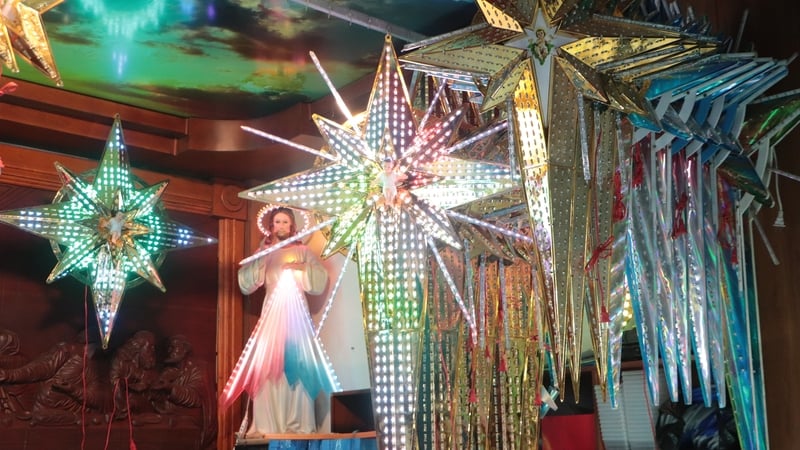
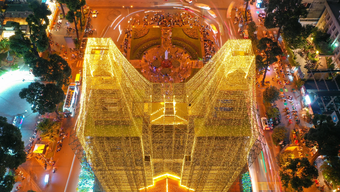

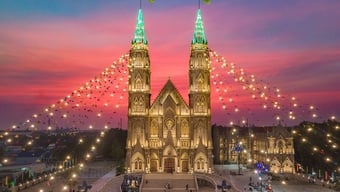


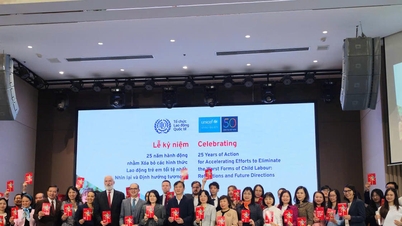










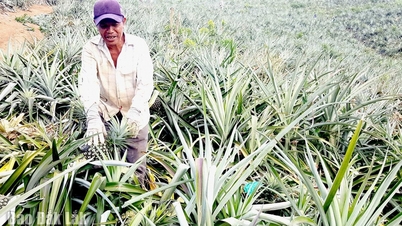





































![[Live] Closing Ceremony and Award Presentation for the "Impressive Vietnam Tourism" Video/Clip Creation Contest 2025](https://vphoto.vietnam.vn/thumb/402x226/vietnam/resource/IMAGE/2025/12/17/1765974650260_z7273498850699-00d2fd6b0972cb39494cfa2559bf85ac-1765959338756946072104-627-0-1338-1138-crop-1765959347256801551121.jpeg)




















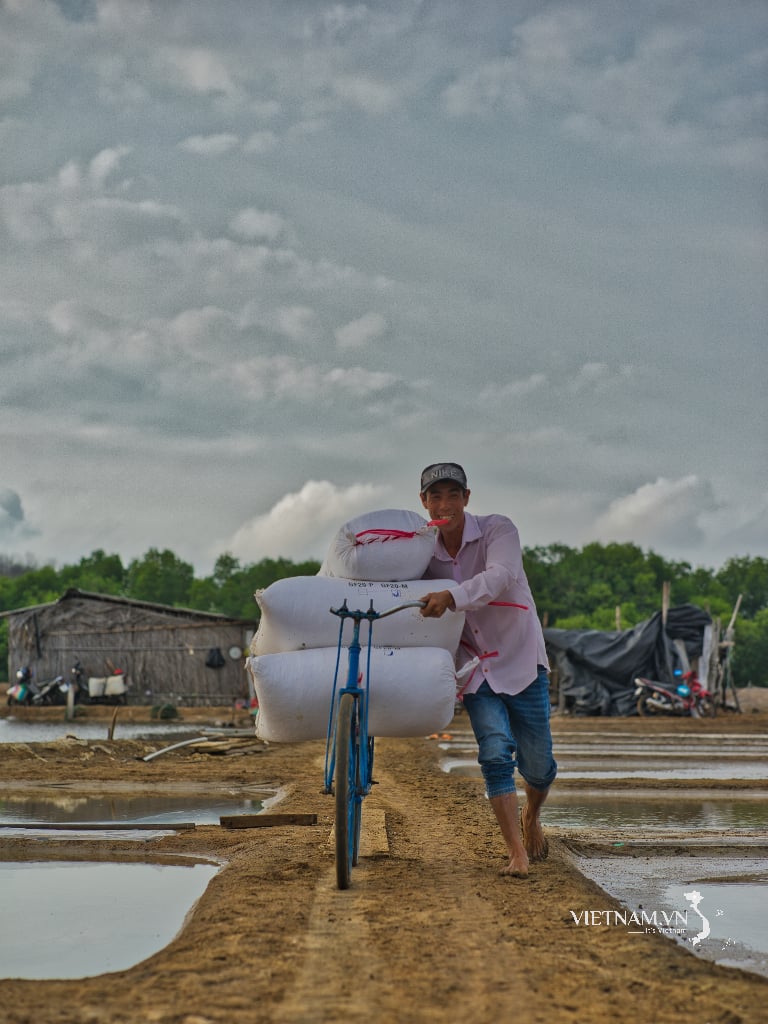

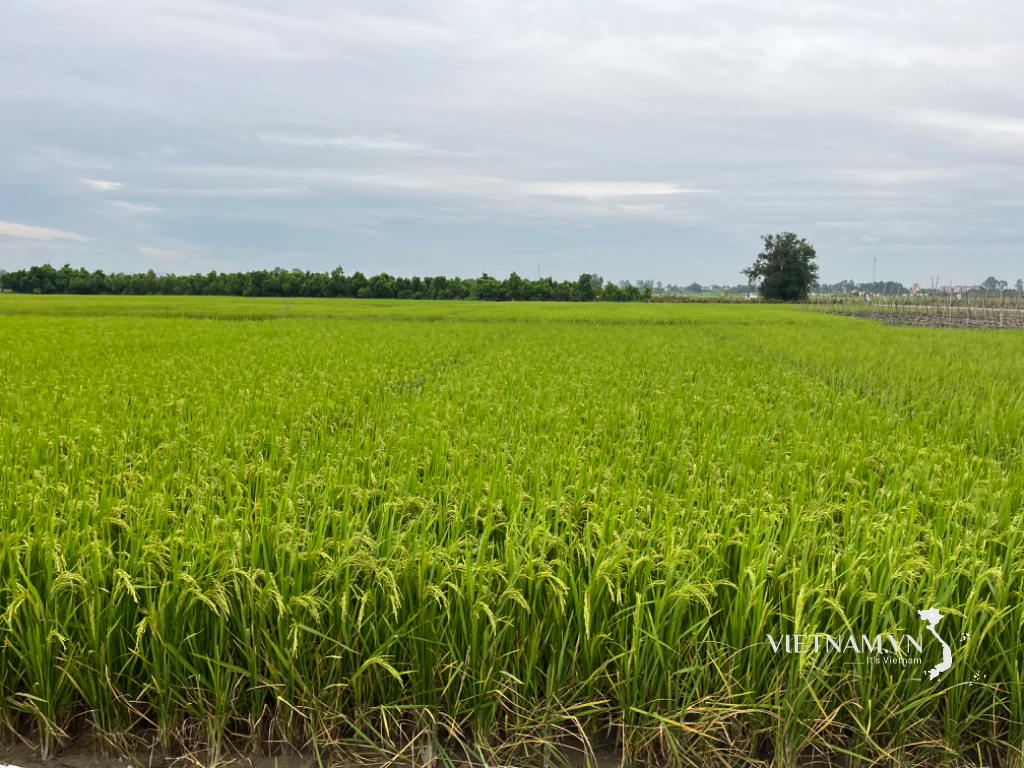
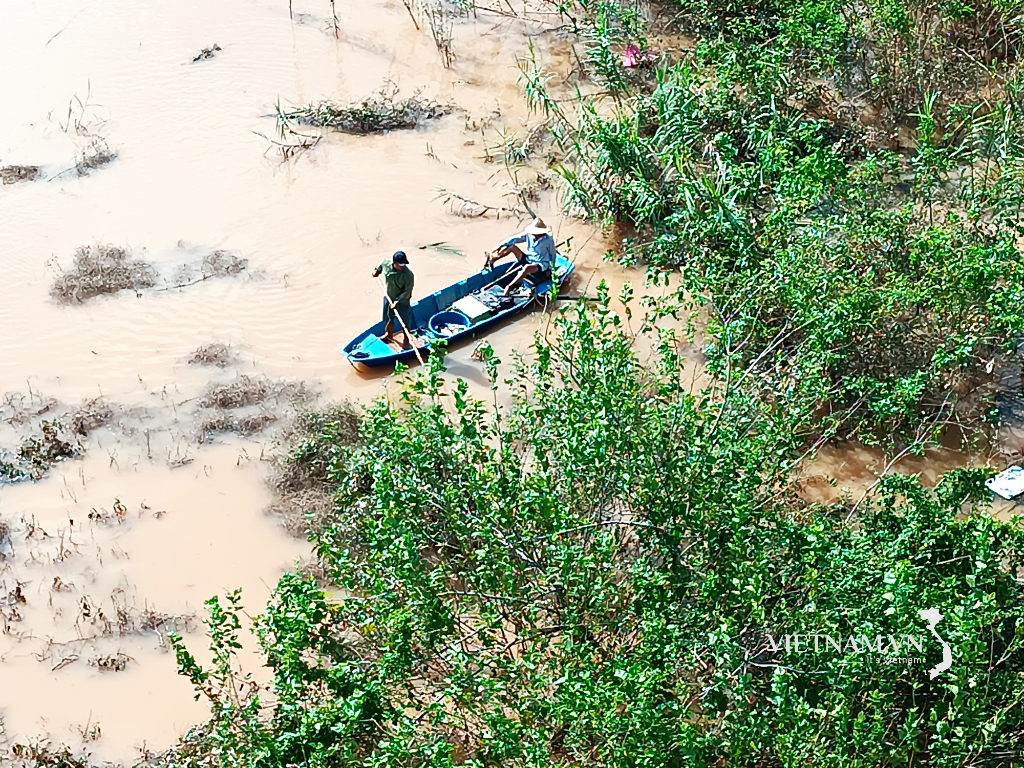
Comment (0)